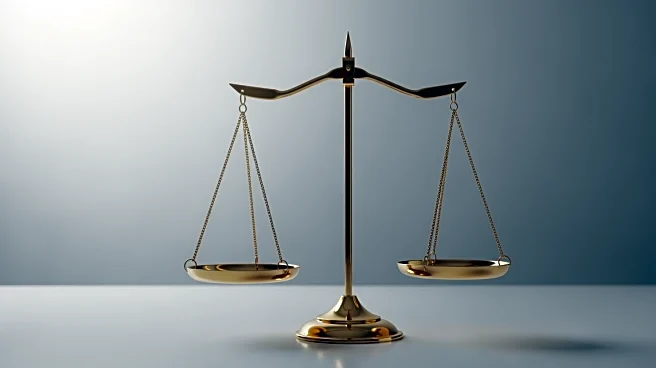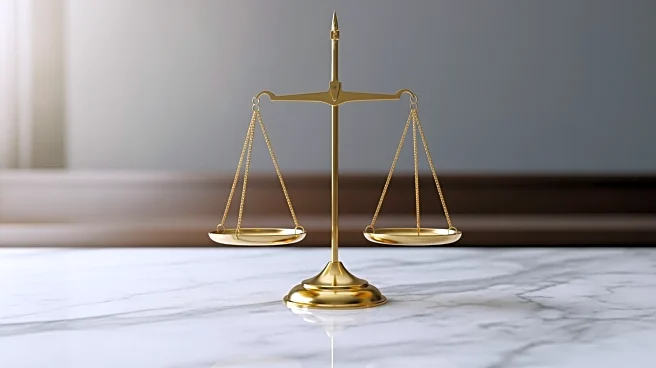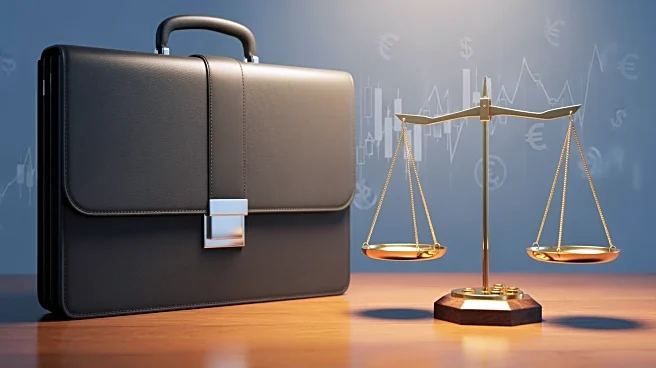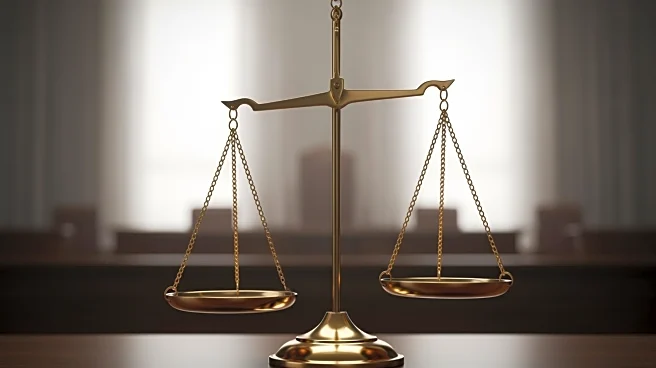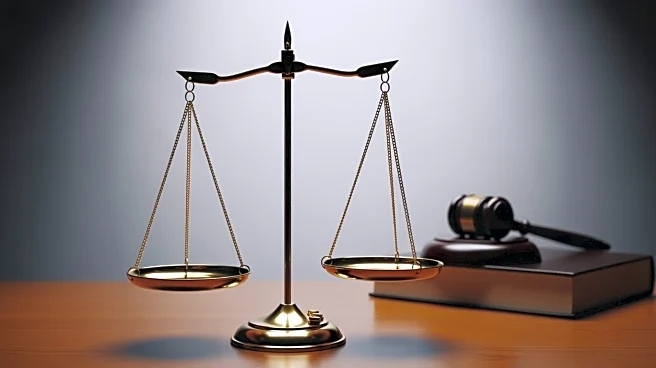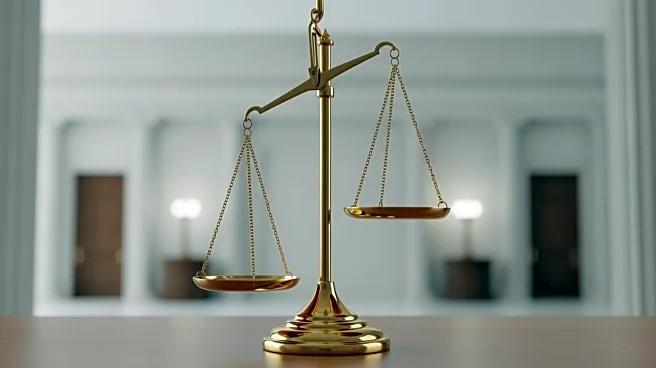What's Happening?
The Supreme Court is reviewing President Trump's use of the International Emergency Economic Powers Act (IEEPA) to impose tariffs on numerous countries. During a recent hearing, justices expressed skepticism
about the legality of using IEEPA for such broad tariff applications. Despite this, trade experts suggest that even if the court rules against Trump, high tariffs are likely to persist through other legal mechanisms. The Trump administration has argued that these tariffs are necessary to address trade deficits and boost domestic manufacturing. Alternatives to IEEPA include Section 232 of the Trade Expansion Act and Section 301 of the Trade Act, which could still allow for significant tariffs under different justifications.
Why It's Important?
The outcome of this Supreme Court case could have substantial implications for U.S. trade policy and economic relations. A ruling against the use of IEEPA could lead to significant refunds for businesses that have paid nearly $89 billion in tariffs. However, the administration's potential shift to other legal avenues for imposing tariffs could maintain the current high tariff environment, affecting international trade dynamics and domestic economic strategies. Businesses and industries reliant on imports may face continued uncertainty, impacting investment and hiring decisions. The case underscores the ongoing debate over the balance of executive power in trade policy.
What's Next?
A decision from the Supreme Court is expected early next year. If the court rules against the use of IEEPA, the administration may pivot to other legal frameworks to sustain tariffs, though these processes could be more time-consuming. Businesses affected by the tariffs are likely to seek refunds, which could lead to further legal and financial adjustments. The ruling could also influence future administrations' approaches to trade policy and the use of emergency powers.
